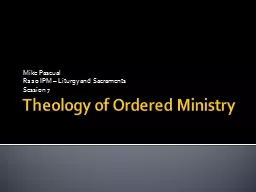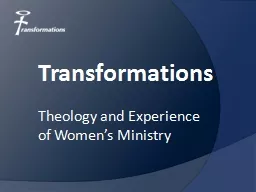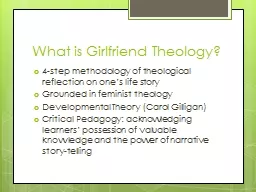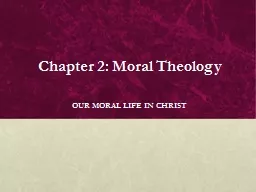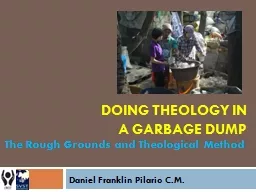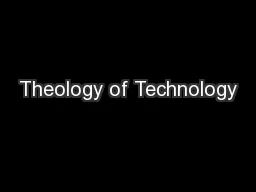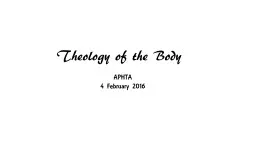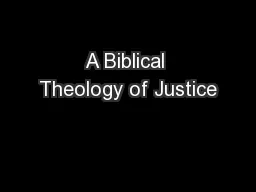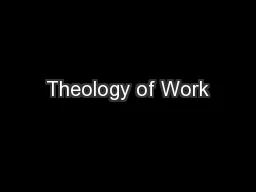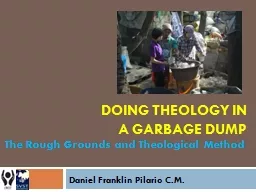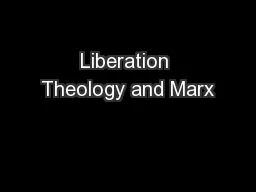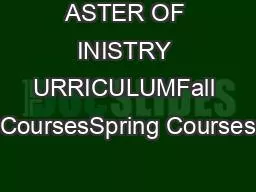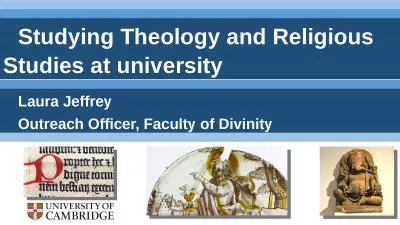PPT-Theology of Ordered Ministry
Author : liane-varnes | Published Date : 2016-05-31
Mike Pascual R220 IPM Liturgy and Sacraments Session 7 Objective Understanding the Ordained Priesthood under a coherent theology of ministry In other words how
Presentation Embed Code
Download Presentation
Download Presentation The PPT/PDF document "Theology of Ordered Ministry" is the property of its rightful owner. Permission is granted to download and print the materials on this website for personal, non-commercial use only, and to display it on your personal computer provided you do not modify the materials and that you retain all copyright notices contained in the materials. By downloading content from our website, you accept the terms of this agreement.
Theology of Ordered Ministry: Transcript
Download Rules Of Document
"Theology of Ordered Ministry"The content belongs to its owner. You may download and print it for personal use, without modification, and keep all copyright notices. By downloading, you agree to these terms.
Related Documents

